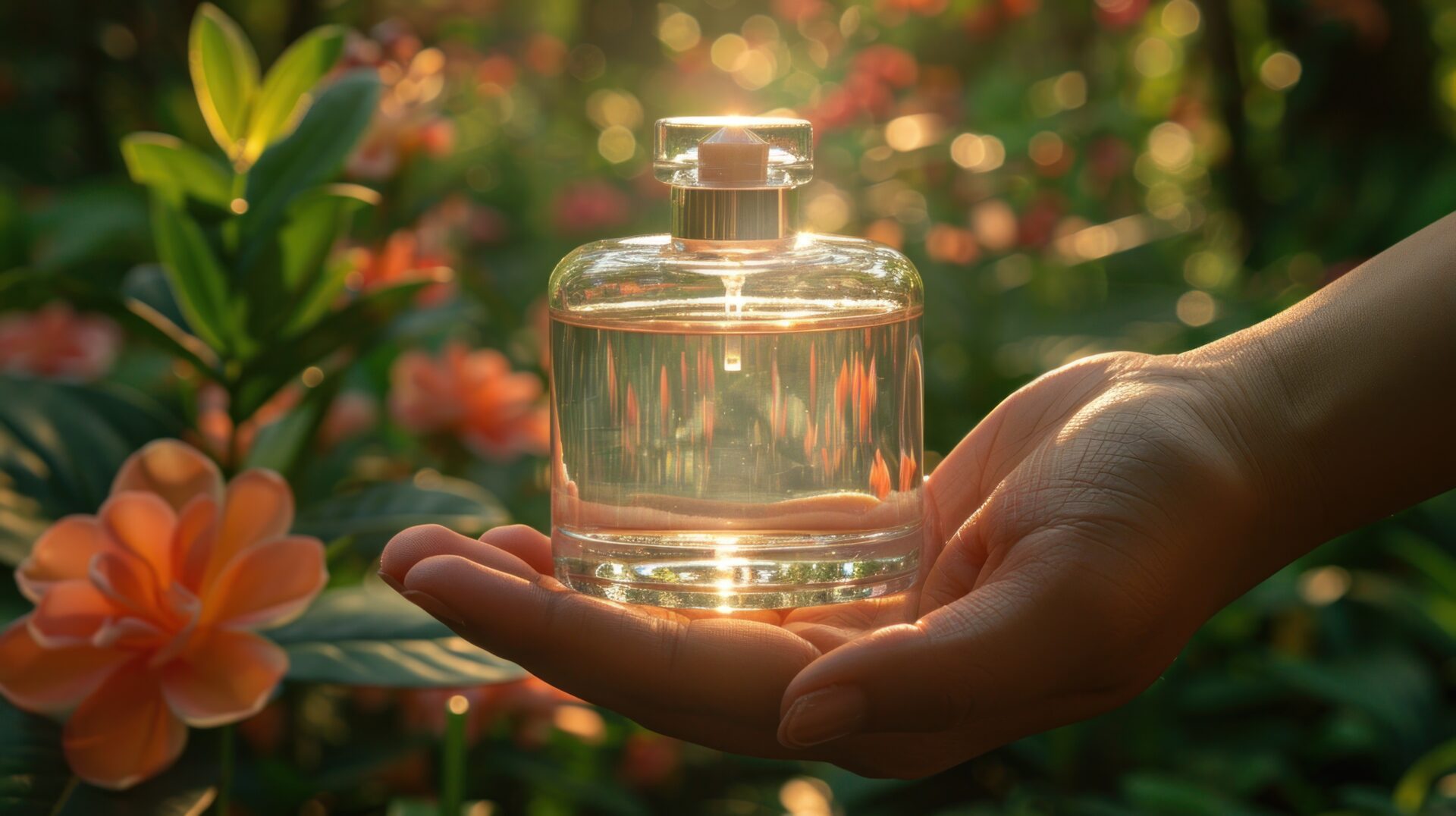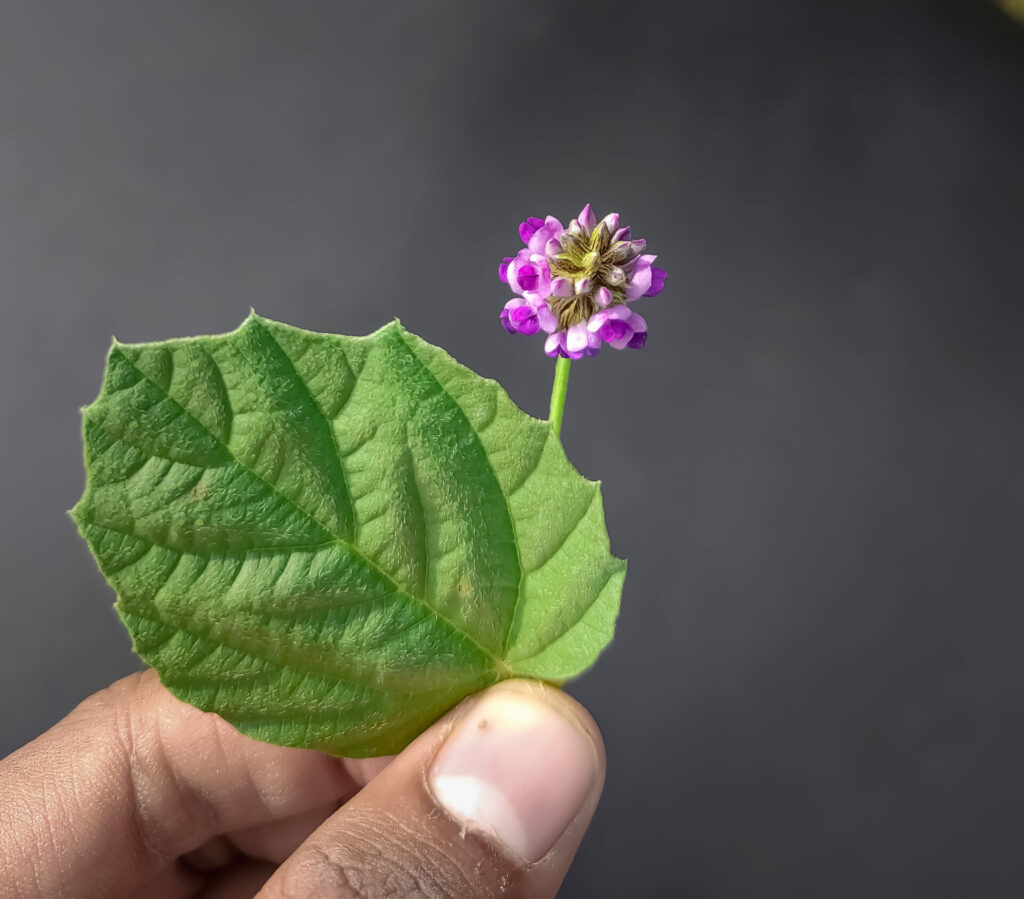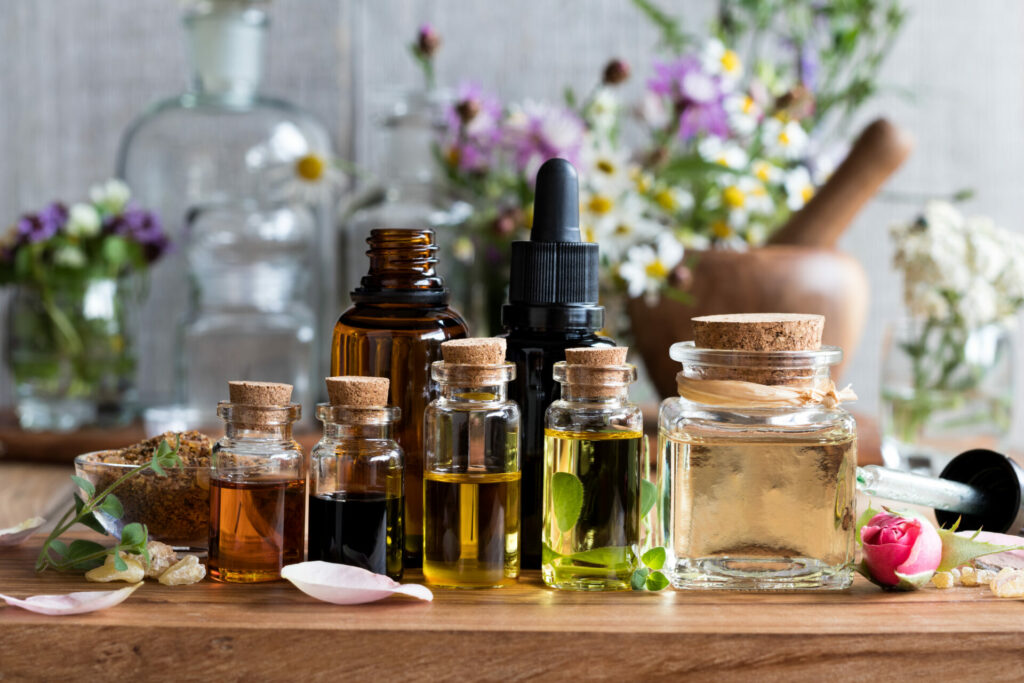When you’re trying to live more sustainably, it’s easy to start with the obvious swaps: a refillable shampoo, a cleaner mascara, maybe a plastic-free deodorant. But how often do we stop to think about our perfume? Fragrance is so personal, so tied to memory and identity, that it often slips under the radar when it comes to making conscious choices.
Yet, like with so many of life’s little luxuries, there’s a hidden environmental cost at play with traditional perfumes that might make you think twice. Many traditional fragrances rely on synthetic ingredients derived from petroleum, contributing to fossil fuel consumption and pollution. In fact, the industry uses more than 4,000 chemical ingredients, many of which are neither biodegradable nor fully disclosed to consumers.
Beyond their environmental toll, studies have linked some of these compounds to skin allergies, hormone disruption, and even reproductive issues. And yet, we mist these generously onto our skin each day.
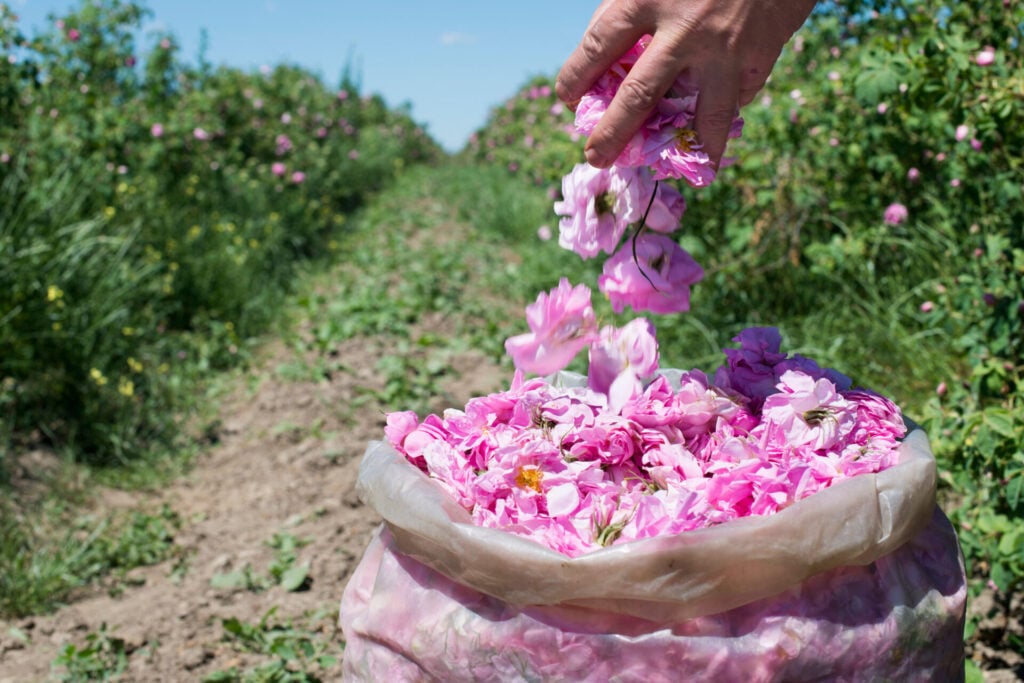
Even natural scents aren’t always innocent: it can take up to 4,000 kilograms of rose petals to produce just one kilogram of rose oil. Add to that the unsustainable harvesting methods like over-cultivation, pesticide use, and water-intensive monocropping, and you’ve got a growing contributor to environmental degradation.
Several species [of aquilaria trees] are now listed as threatened on the IUCN Red List… yet black market harvesting continues, with a single kilogram of high-quality oud oil fetching over US$50,000
In the case of oud, or agarwood, soaring demand has led to widespread illegal logging of Aquilaria trees across Southeast Asia. Several species are now listed as threatened on the IUCN Red List, and the trade is regulated under CITES, yet black market harvesting continues, with a single kilogram of high-quality oud oil fetching over US$50,000
Then there’s production. According to the Environmental Working Group, many of these chemicals release volatile organic compounds (VOCs) into the air, contributing to air pollution that affects both human health and ecosystems.
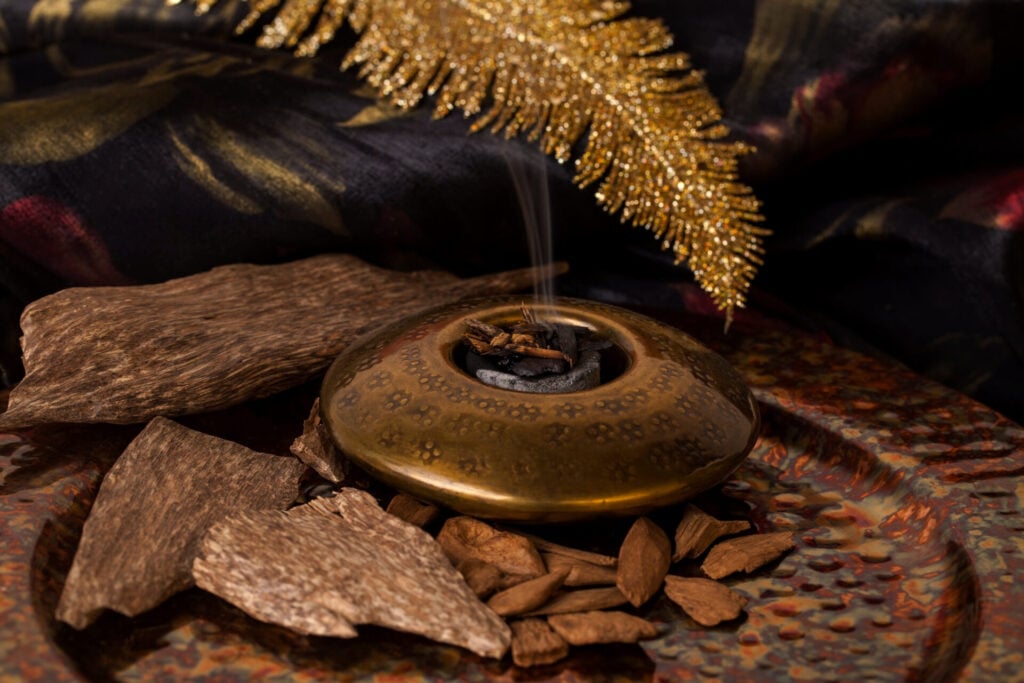
And finally, packaging. While recyclable glass bottles may seem eco-friendly at first glance, the reality is perfume is frequently encased in ornate, multi-layered boxes, much of which isn’t recyclable. A report by CleanHub reveals the beauty industry produces over 120 billion units of packaging every year, with around 114 billion pieces ending up discarded rather than recycled.
But, it’s not all bad news. A new wave of purpose-led brands are changing the industry for the better. Here’s how they’re doing it and how you can spritz a little more consciously.
How To Choose A Sustainable Scent
Like many areas of consumerism, sustainability in fragrance is still something of a grey area. With no strict FDA regulations, perfume companies aren’t required to disclose their full ingredient lists, making it tricky to identify a truly sustainable product.
But enough about the uncertainty — luckily there are brands embracing practices that make a difference. Here are some key markers to look out for when shopping for a scent with purpose:
Ethically sourced ingredients
Start with the label. Are the ingredients listed clearly? In general, clean perfume brands make their perfumes with plant-based alcohol bases, essential oils, and responsibly sourced natural extracts.
Responsible manufacturing
Many mainstream perfume houses outsource production, making it harder to assess their ethical impact. Seek out brands that disclose where and how their fragrances are made.
Transparency and traceability
The best brands lift the curtain on every part of their process, from ingredient sourcing to supply chain.
Refillable or reusable bottles
Glass bottles are a start, but standards are evolving. Look for refill options, compostable packaging or recycled glass.
Avoid harmful chemicals
Watch out for phthalates, synthetic musks (like musk ketone) styrene, benzaldehyde, methylene chloride, camphor, benzyl acetate, ethyl acetate.
Meet The Changemakers
As the demand for perfumes with purpose steps up, so do a host of earth-friendly brands here to answer our perfume prayers (and then some).
Sana Jardin
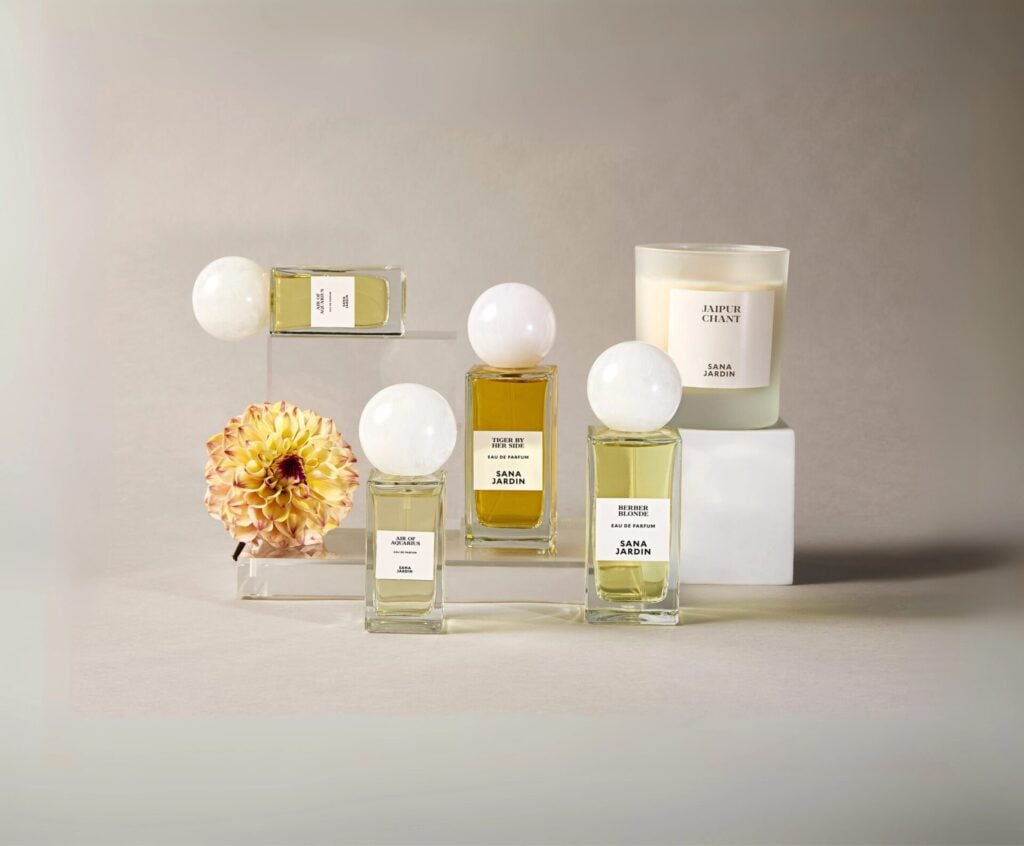
Going beyond traditional fair trade practices by empowering local communities in the supply chain, Sana Jardin work closely with female harvesters in Morocco to provide them with opportunities for economic independence through entrepreneurial programs.
The 7 Virtues
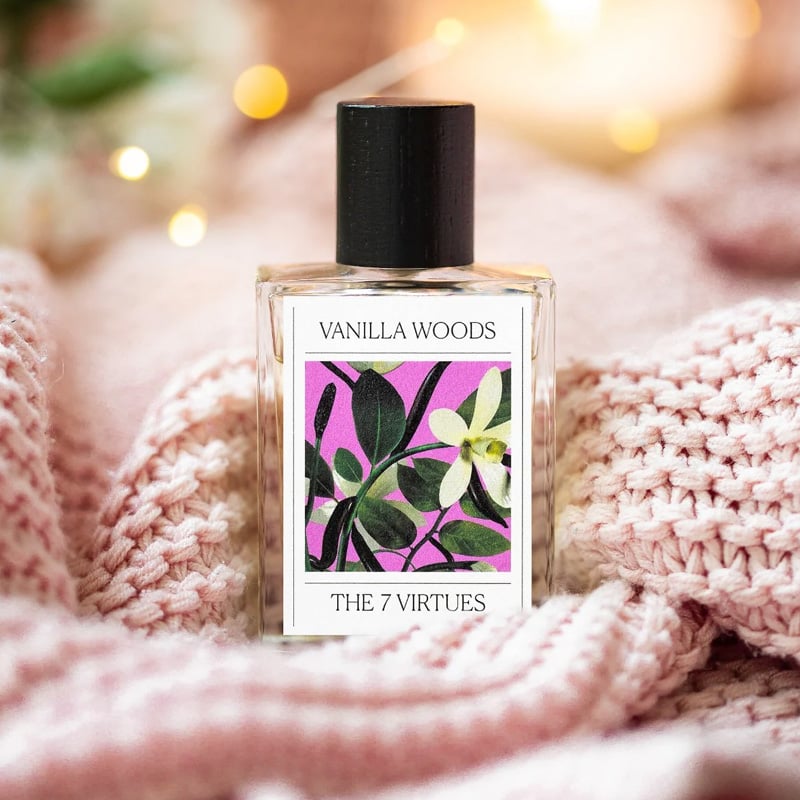
Founded by activist and author Barb Stegemann, this clean, family-run brand sources ingredients from countries rebuilding after war or conflict. The result? Scents with soul and a supply chain with meaning.
Henry Rose
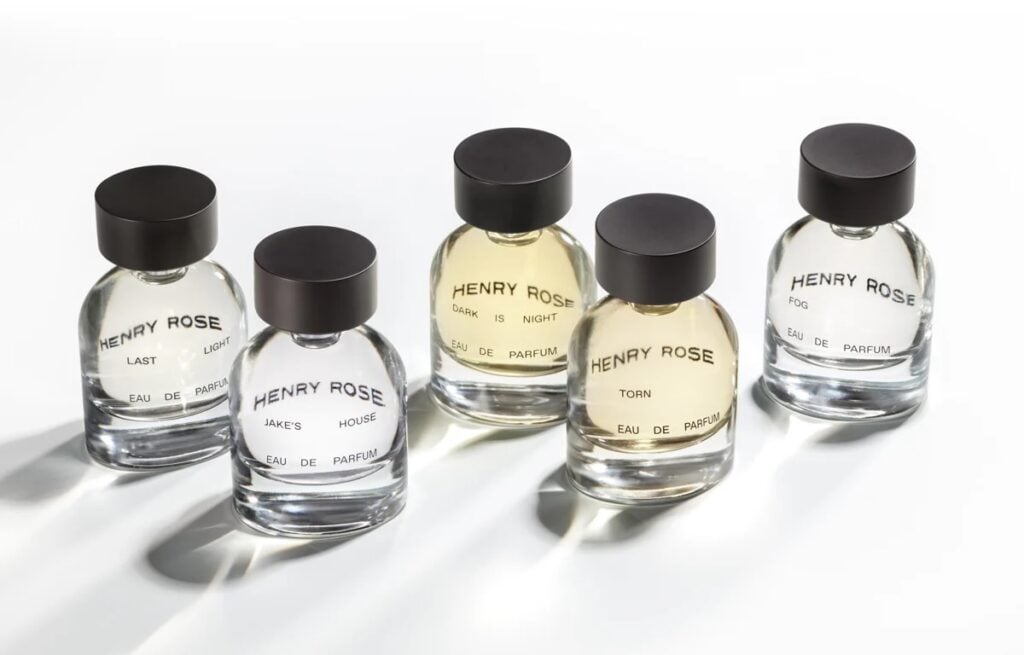
Launched by actress Michelle Pfeiffer, Henry Rose is as transparent as its bottles. Shop genderless fine fragrance backed by 100% ingredient disclosure. The home candles are fabulous, too.
Bastille Parfums
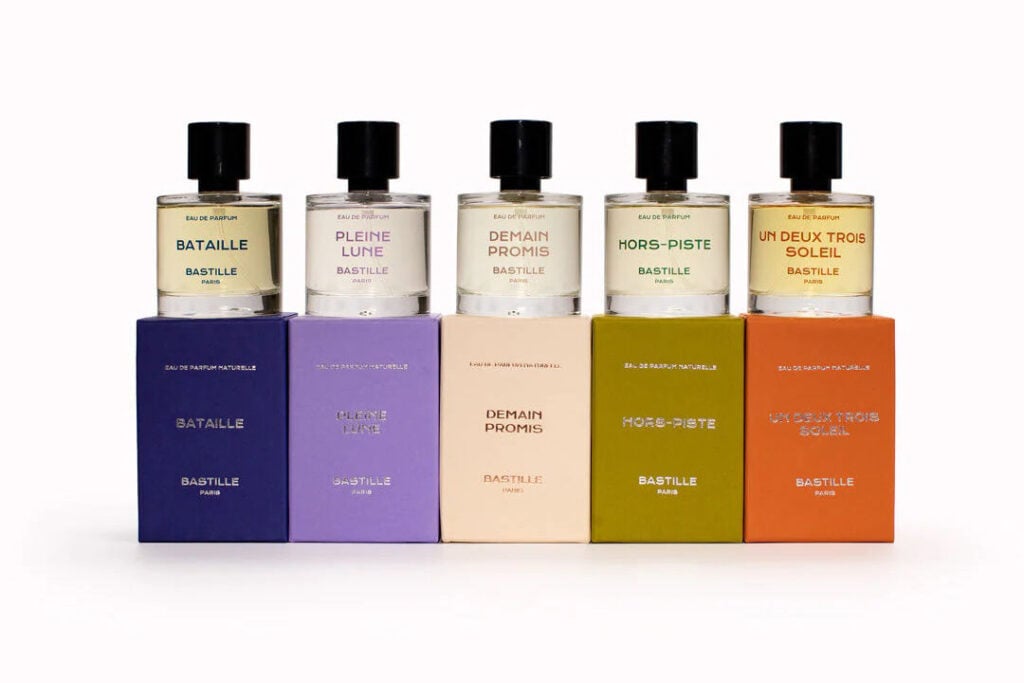
A beautiful French brand, all about traceability. Each bottle comes with a QR code sharing full ingredient transparency and live-tracking of its low-impact production.
By Rosie Jane
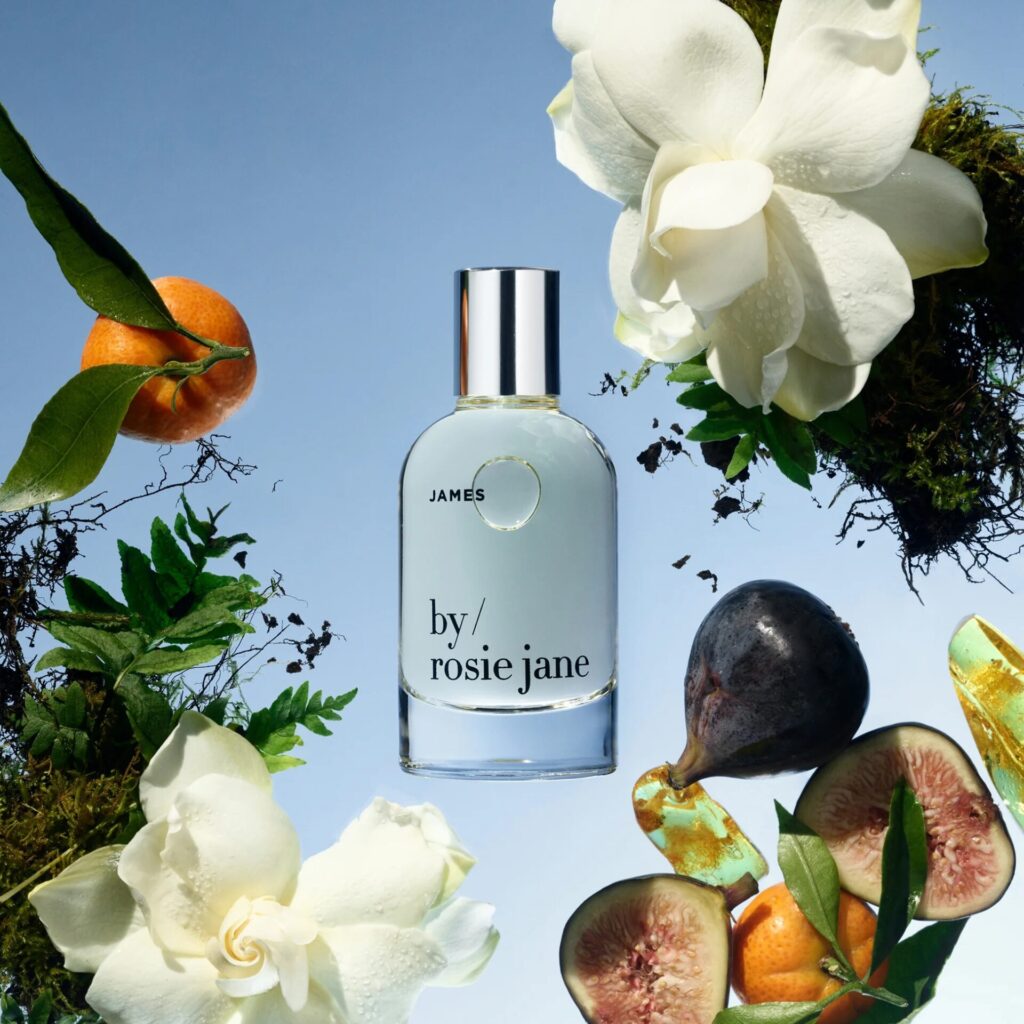
Cruelty-free, vegan, and radically clean. By Rosie Jane lists every ingredient, skips the single-use extras, and operates as 100% carbon neutral. These breezy, laid-back scents are as easy on the earth as they are on the skin.
Ffern
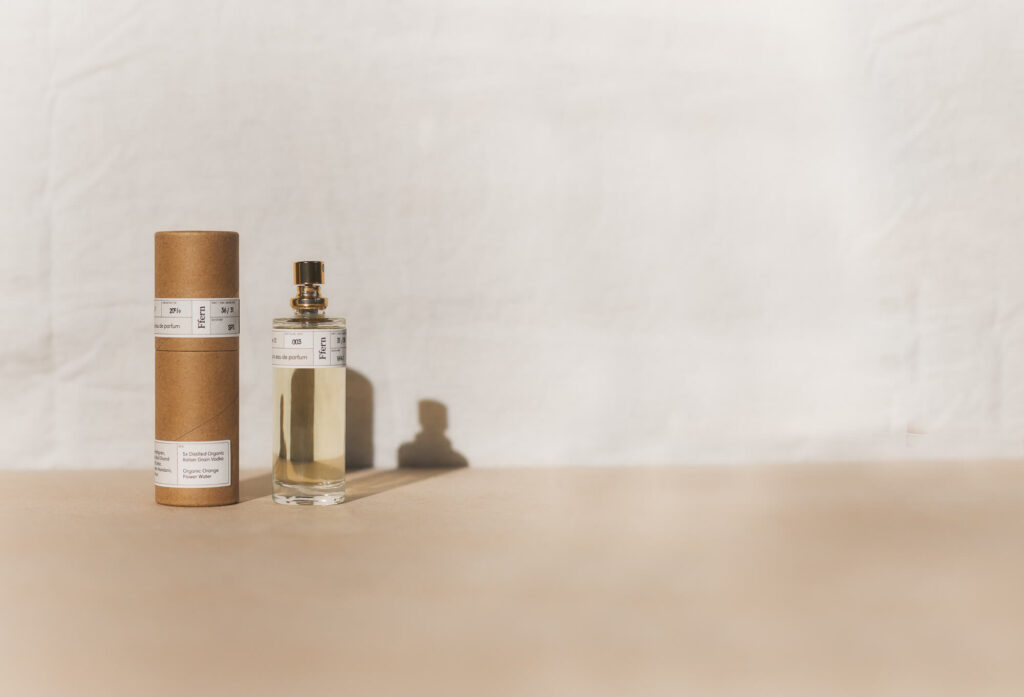
A UK-born brand selling products on a made-to-order system. Each season, a new natural fragrance is released, and wrapped in a compostable tray made from fungi — yes, really.

